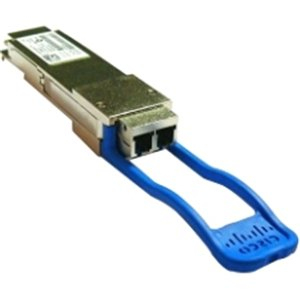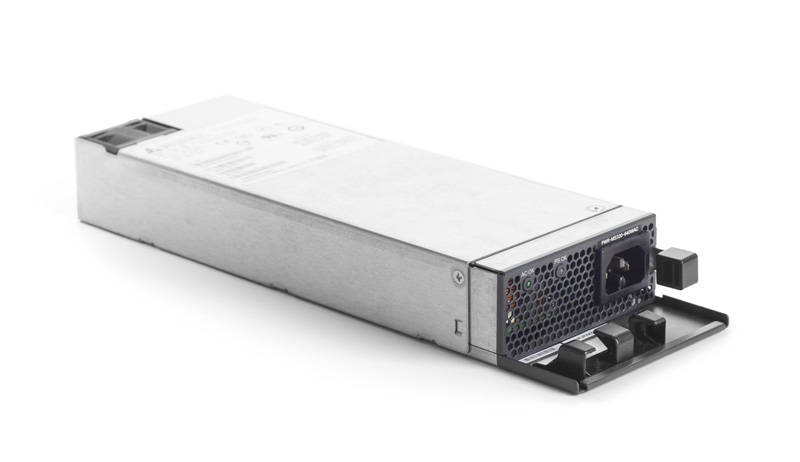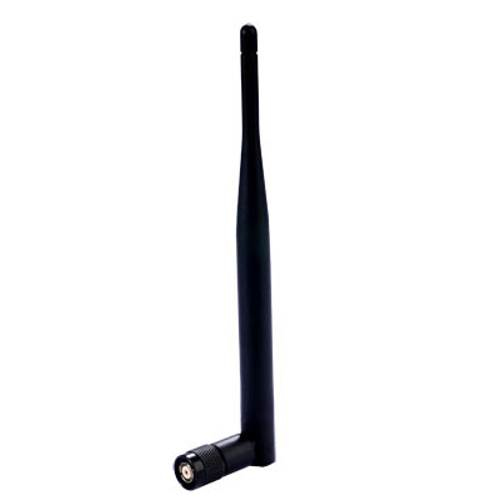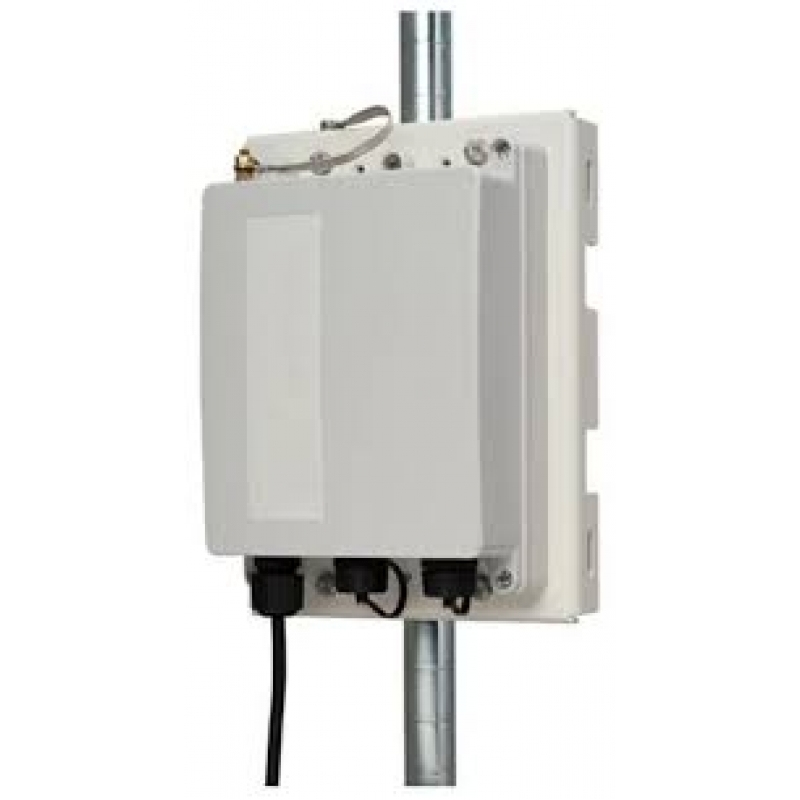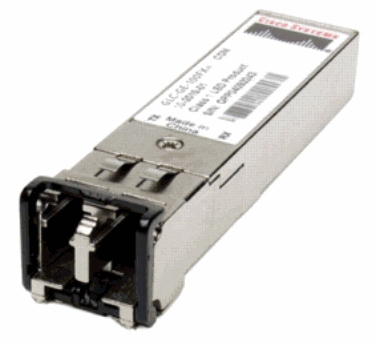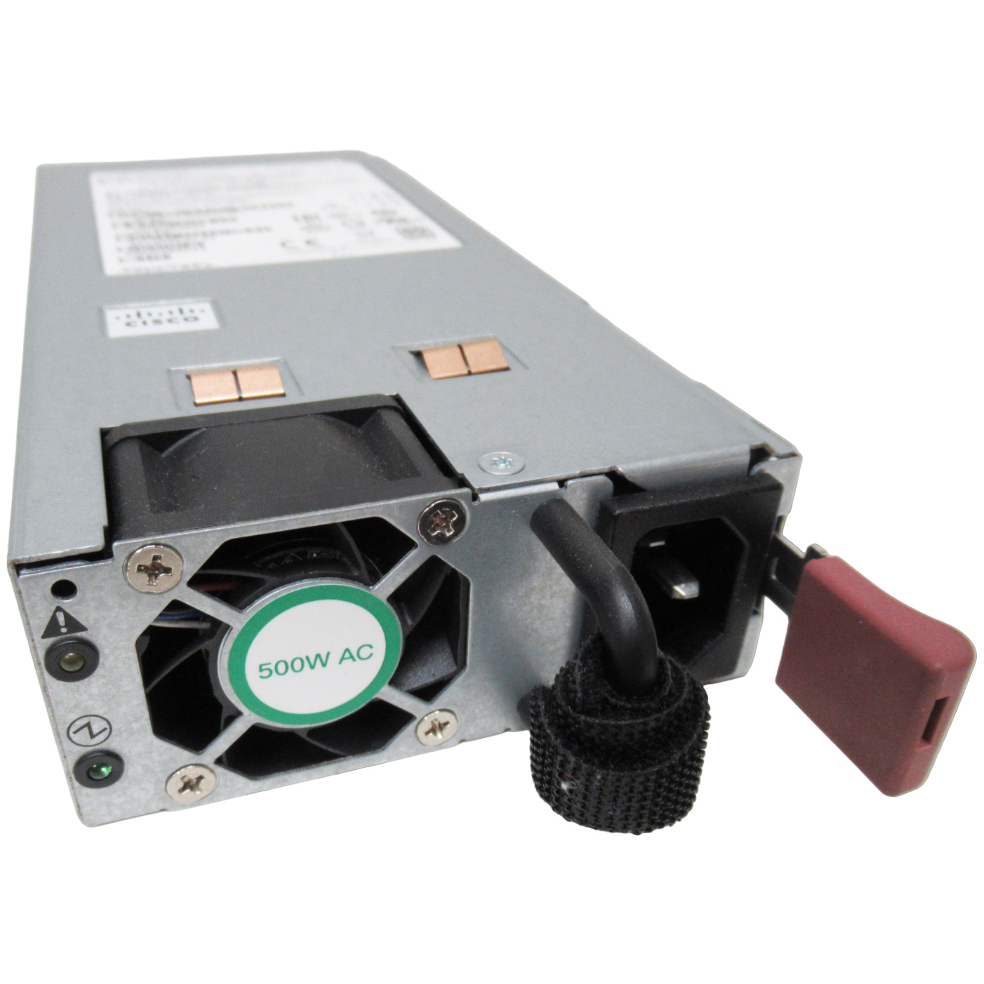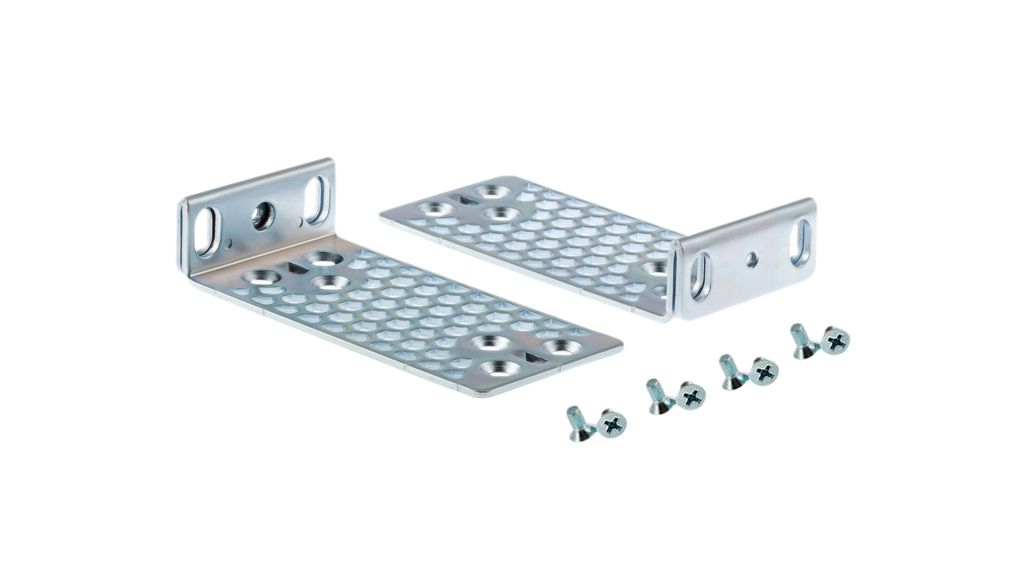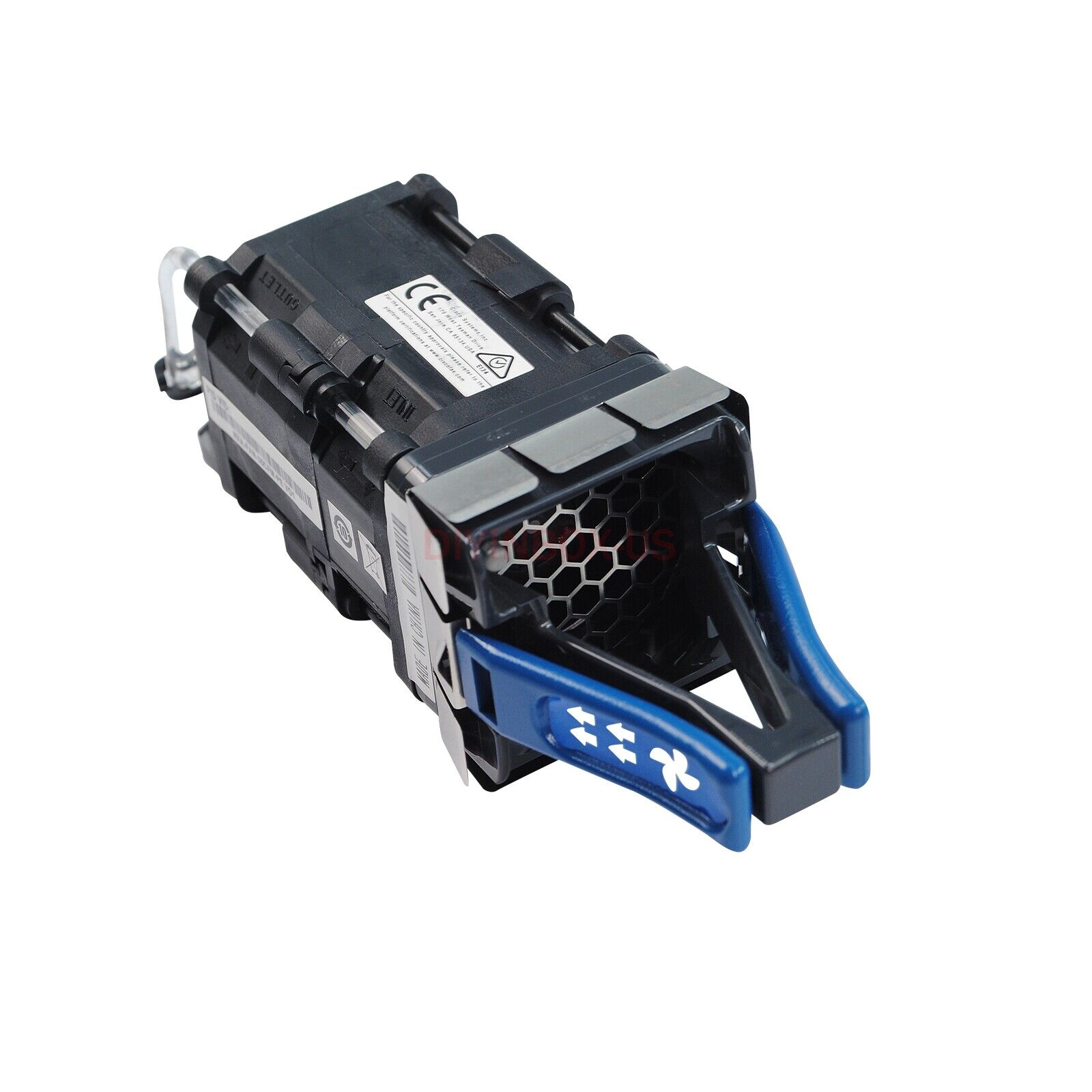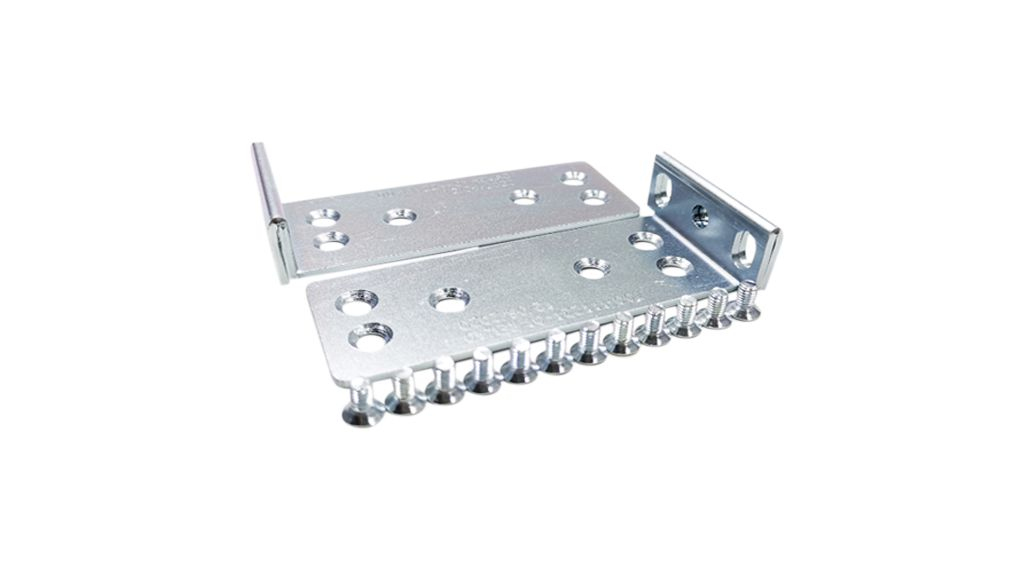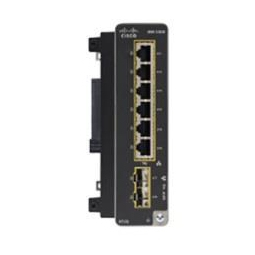Cisco
80 –
90
of
116
Availability
Sort by
Advance Filters
Cisco
Cisco WSP-Q40GLR4L= Cisco WSP-Q40GLR4L= network transceiver module Fiber optic 40000 Mbit/s QSFP+ 1310 nm
Part# WSP-Q40GLR4L=
SKU S19454
Cisco
Cisco MA-PWR-250WAC Cisco MA-PWR-250WAC network switch component Power supply
Part# MA-PWR-250WAC
SKU S19454
Cisco
Cisco MA-ANT-MX Cisco Meraki MA-ANT-MX network equipment spare part Antenna
Part# MA-ANT-MX
SKU S19454
Cisco
Cisco AIR-PWRINJ-60RGD2= Cisco AIR-PWRINJ-60RGD2= PoE adapter
Part# AIR-PWRINJ-60RGD2=
SKU S19454
Cisco
Cisco SFP-10G-SR-S-RF Cisco SFP-10G-SR-S, Refurbished network transceiver module Fiber optic 10000 Mbit/s SFP+ 850 nm
Part# SFP-10G-SR-S-RF
SKU S19454
Cisco
Cisco NXA-PAC-500W-PI= Cisco NXA-PAC-500W-PI= network switch component Power supply
500-W AC Power Supply
Part# NXA-PAC-500W-PI=
SKU S19454
Cisco
Cisco C9500-ACC-KIT-19I= Cisco C9500-ACC-KIT-19I= network equipment spare part Installation kit
Accessory kit for Catalyst 9500 Series
Part# C9500-ACC-KIT-19I=
SKU S19454
Cisco
Cisco NXA-FAN-35CFM-PE= Cisco NXA-FAN-35CFM-PE= network switch component
Fan Module â Port-side exhaust (blue)
Part# NXA-FAN-35CFM-PE=
SKU S19454
Cisco
Cisco C9500-ACCKITH-19I= Cisco C9500-ACCKITH-19I= network equipment spare part Installation kit
Rack Mounting Kit for Catalyst 9500 Series
Part# C9500-ACCKITH-19I=
SKU S19454
Cisco
Cisco IEM-3300-6T2S= Cisco Catalyst IE3300 network switch module Gigabit Ethernet
Cisco Catalyst IE3300 Rugged Series switches deliver high-speed up to 10 Gigabit Ethernet connectivity in a compact form factor, and are designed for a wide range of industrial applications where hardened products are required. The modular design of the Cisco Catalyst IE3300 Rugged Series offers the flexibility to expand to up to 26 ports of Gigabit Ethernet or up to 24 ports of Gigabit Ethernet and 2 ports of 10 Gigabit (10G) Ethernet with a range of expansion module options. The platform is built to withstand harsh environments in manufacturing, energy, transportation, mining, smart cities, and oil and gas. The IE3300 platform is also ideal for extended enterprise deployments in outdoor spaces, warehouses, and distribution centers.These switches run Cisco IOS® XE, a next-generation operating system with built-in security and trust, featuring secure boot, image signing, and the Cisco® Trust anchor module. Cisco IOS XE also provides API-driven configuration with open APIs and data models.The Cisco Catalyst IE3300 Rugged Series can be managed with powerful management tools such as Cisco DNA Center, and can be easily set up with a completely redesigned user-friendly modern GUI tool called WebUI. The platform also supports Full Flexible NetFlow (FNF) for real-time visibility into traffic patterns and threat analysis with Cisco Stealthwatch®.The Cisco Catalyst IE3300 Rugged Series offers edge compute capabilities to run IOx applications, enabling new capabilities at the industrial edge with no impact on switching performance. All models support the Cyber Vision sensor application to provide deep visibility of connected industrial assets and constant monitoring of your OT security posture. The Cisco Catalyst IE3300 Rugged Series delivers power over Ethernet (PoE) over up to 24 ports (with expansion module) to easily connect and power end devices such as IP cameras, phones, wireless access points, sensors, and more. The Gigabit series supports power budget of up to 360W for PoE/PoE+ and the 10G series of up to 480W for IEEE® 802.3af / 802.3at / 802.3bt (type 3 & type 4) to power the most advanced devices.
Part# IEM-3300-6T2S=
SKU S19454
Get a Quote

Item(s) added to cart

©2025 IT VISION NETWORKS CANADA INC – All Rights Reserved. BN: 717291223 OCN: 1001150813

 0
0
